MARY'S ABBEY STREETS OF DUBLIN
COPYRIGHT INFORMATION BELOW APPLIES ONLY TO PHOTOGRAPHS

This work by William Murphy aka Infomatique is licensed under a Creative Commons Attribution-NonCommercial-ShareAlike 4.0 International License.
Permissions beyond the scope of this license may be available at https://excellentstreetimages.com/in-the-year-twentytwenty/copyright/.
MARY'S ABBEY
THE STREETS OF DUBLIN
The street is known as Mary's Abbey and it is an extension to Abbey Street.
PHOTOGRAPHED 03-12-2019
The abbey was founded by the Irish king Máel Sechnaill mac Máele Ruanaid (died 862) in 846, according to the Annals of the Four Masters. It was originally Benedictine, but in 1139 was given by Malachy O'Morga, the legate of the Pope, to monks belonging to the Congregation of Savigny, which in 1147 joined the Cistercian order.
In 1303, a great part of the abbey and church was destroyed by fire, but was re-constructed. However, many of the city records in chancery stored in the abbey were destroyed. The abbey was one of the largest and richest in Ireland at that time.
In 1316 Robert de Nottingham, then Mayor of Dublin, attacked the abbey where the Earl of Ulster, Richard Óg de Burgh, was visiting. De Burgh was suspected of having brought Edward Bruce, who was then marching on Dublin, to Ireland. Several of de Burgh's men were killed before he was captured, and as the monks were suspected of supporting Bruce, the abbey was laid waste.
Silken Thomas started his rebellion of 1534 here, by throwing down his Sword of State.
In 1619 Sir Gerald Moore of Mellifont, Drogheda, received from King James I of England a grant of the abbey, together with its tithes and lands. He later became Viscount Moore of Mellifont. The family of Moore made the Abbey their Dublin residence up to the close of the 17th century, and it was Henry Moore, 1st Earl of Drogheda, who built himself a mansion on what is now O'Connell Street, and developed Henry, Moore and Earl streets.
In 1676 the stones of the Abbey were used for the building of Essex Bridge (now Grattan Bridge, leading to Parliament St.)
The abbey was only rediscovered, 7 feet (2 m) underground and underneath a bakery, in the 1880s, by an amateur archaeologist. His findings were publicised by John Thomas Gilbert. Parts of the old adjoining walls can still be seen. The building is now in the care of Heritage Ireland. The Chapter House was at one stage open to visitors, by descending a stone staircase. Since May 2015 the site is closed to the public until further notice.

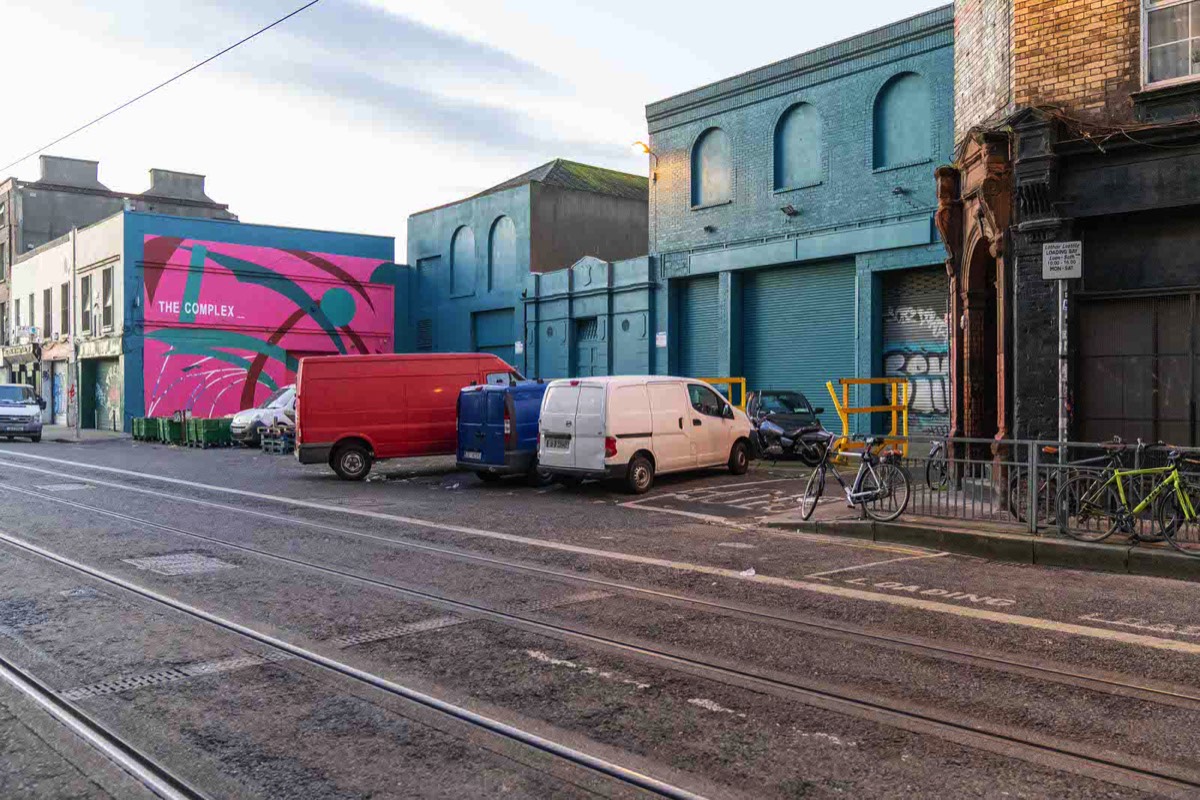

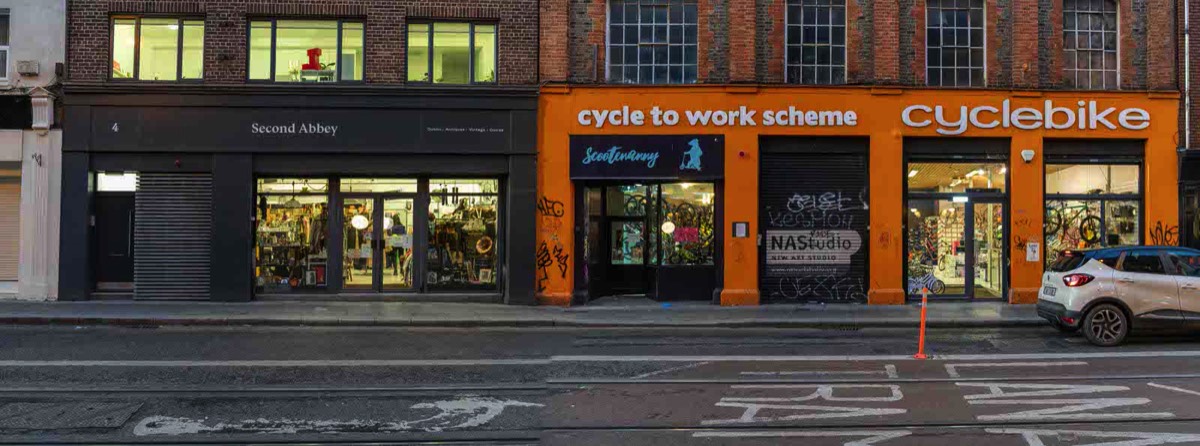
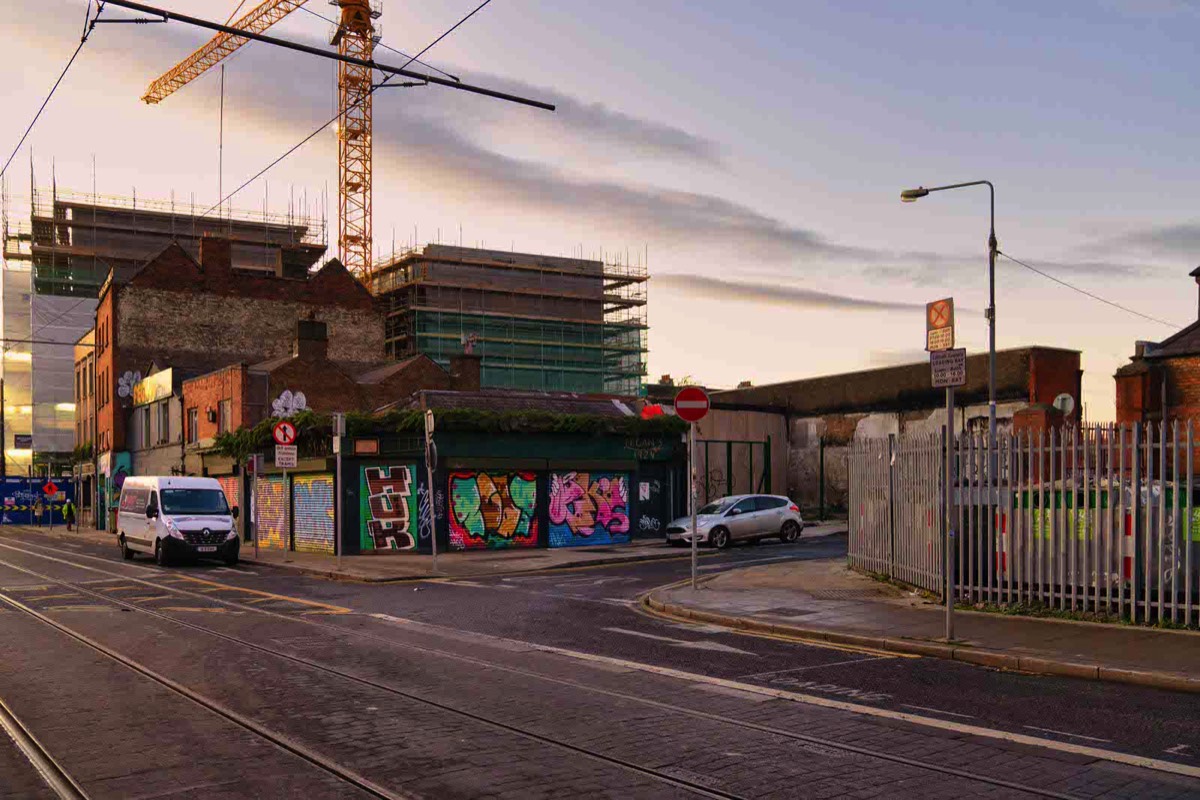
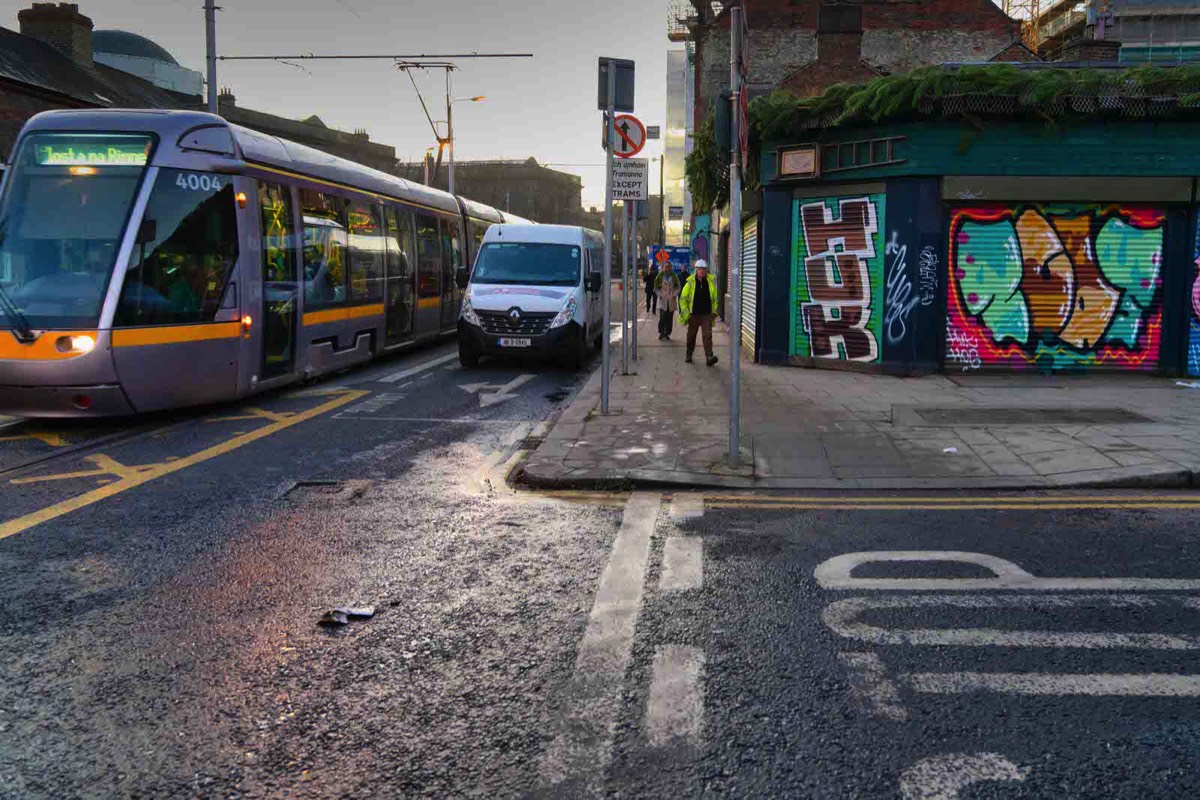
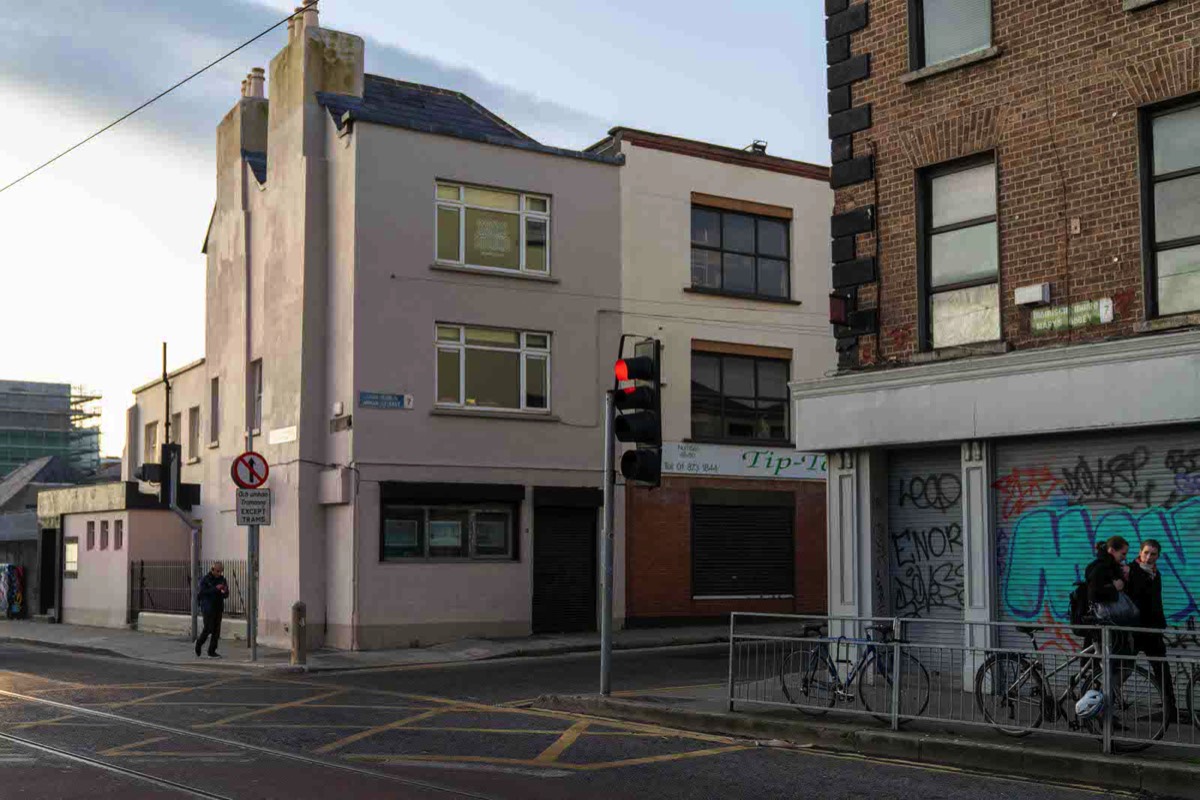
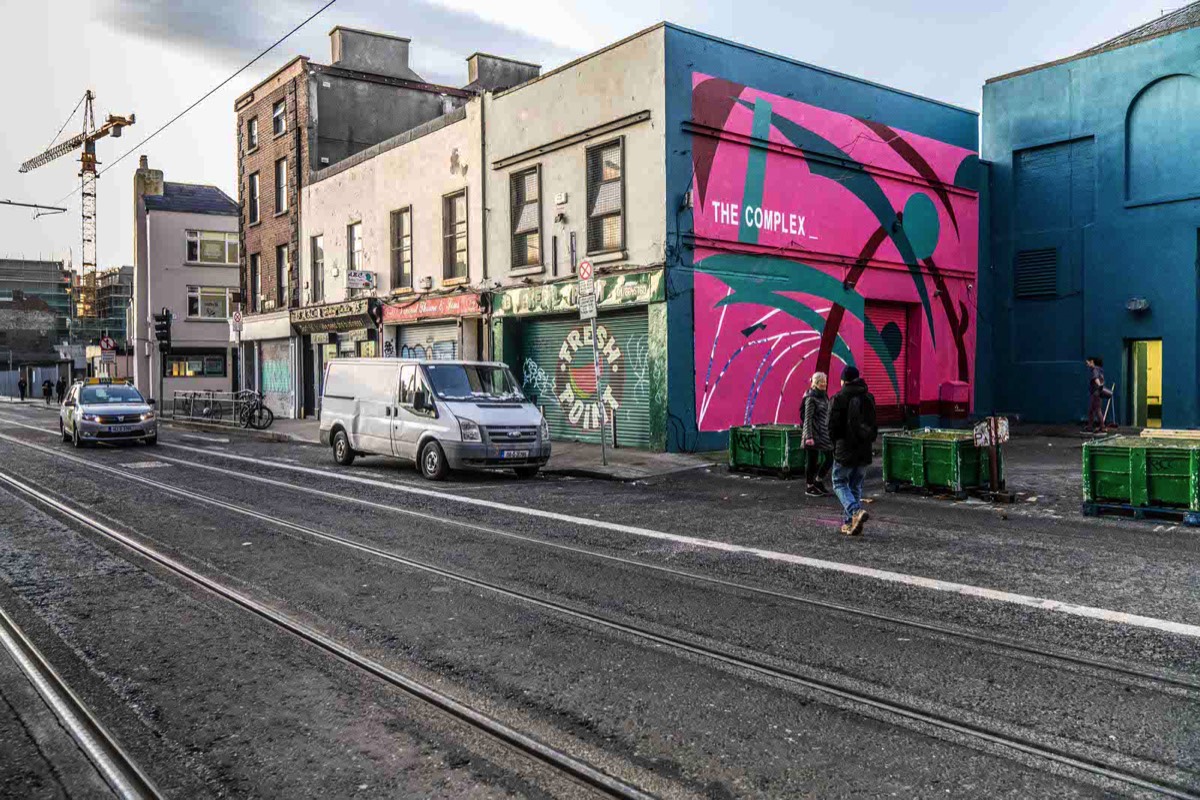
As an Amazon Associate I earn from qualifying purchases
You will find links to buy products from Amazon, Google and other partners. If you click on these links, you’ll find that the URL includes a small extra piece of text which identifies that the click came from my websites. This text is an affiliate code, and it means that I get a small percentage of the money you spend if you choose to buy that product, or, in some cases, other products from the site soon after. These affiliate links help pay the costs of producing my websites and ensure that the content is free to you.